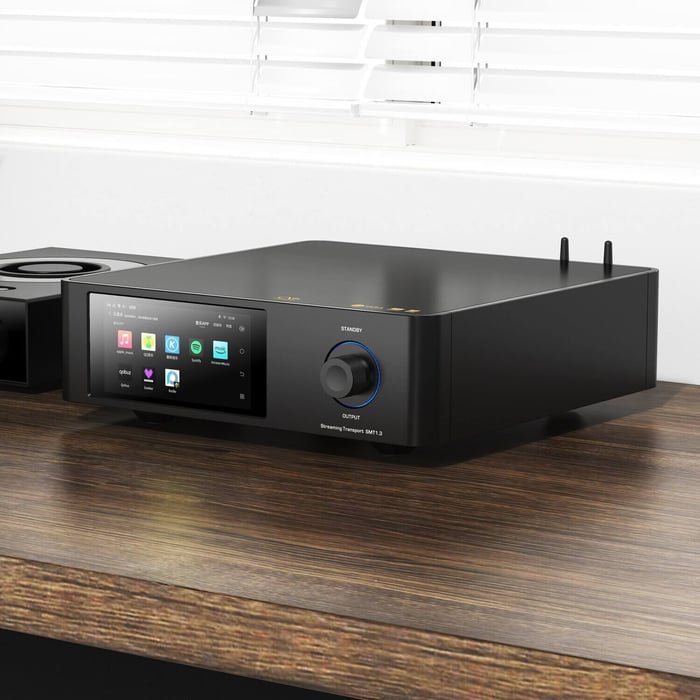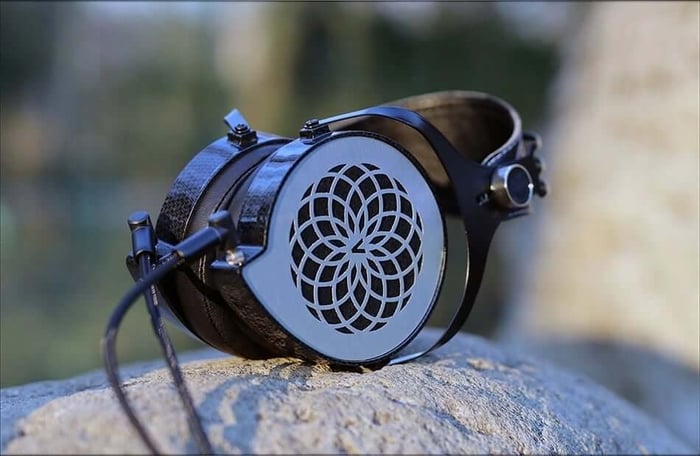
Verum One MK II Review: Planar Headphones at $350 with Premium Sound
Verum One MK II Review: Planar Headphones at $350 with Premium Sound
Explore the remarkable sound quality and build of Verum One MK II planar headphones priced at $350.
Introduction to Verum One MK II
Verum One MK II are full-sized, over-ear planar magnetic headphones priced around $350 (approximately $350 USD). Positioned in the upper mid-range segment, they are often compared with other headphones in this price bracket such as HIFIMAN Deva, Sivga P2, Dan Clark Aeon Flow RT, and the original Verum One MK I. For sound sources, models like Lotoo Paw 6000, iBasso DX220, and FiiO M11 PRO were used.
The Verum One MK II is crafted by a Ukrainian company led by a single passionate individual, earning it the title of the "Eastern Champion." Years of dedication have gone into making these headphones, focusing on longevity and premium quality. Key highlights include a fully metal construction, genuine leather, planar magnetic drivers, and a fully mechanical adjustment mechanism designed to perfectly fit any head size.
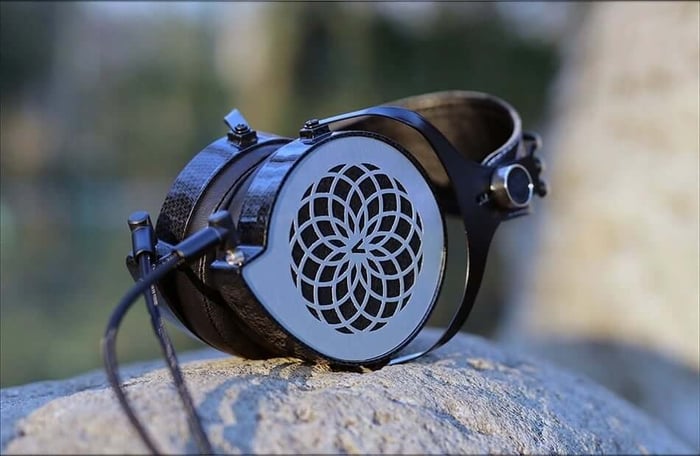
To clarify, there is no sponsorship or reward involved in this review, and all opinions expressed are purely personal, intending to help potential buyers find their ideal audio companion.
Packaging: Minimalist But Functional
One notable aspect is the unpretentious packaging. Verum One MK II arrives in a simple cardboard box wrapped in bubble wrap, accompanied only by a high-quality cable. Unlike many competitors in this price range, there’s no elaborate packaging or accessories, reflecting the company’s focus on substance over marketing fluff.

Build Quality, Aesthetics, Fit & Comfort
Verum One MK II exhibits a tank-like build: a fully metal frame, metal faceplates, carbon fiber cups, planar magnetic drivers, and genuine leather on both the headband and ear pads. Though the ear pads appear somewhat flat relative to the cups, they are exceptionally comfortable, soft, and ergonomically angled for a perfect fit.
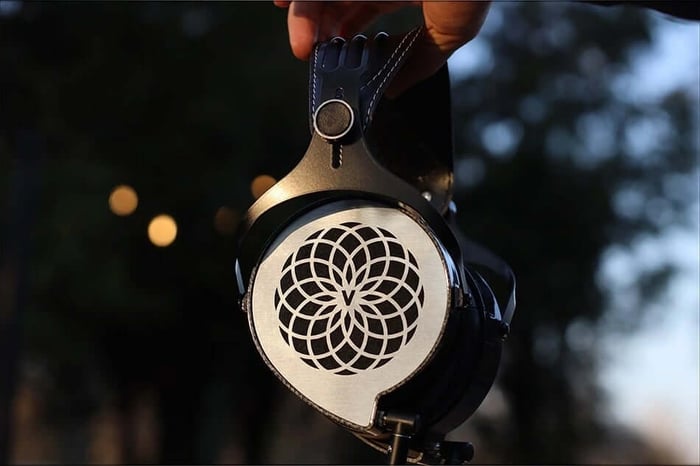
The included cable is a significant upgrade from the original model, and the new headband design includes a side-tilt cup rotation for a customizable fit on any head shape. One interesting characteristic is the "driver flex," a slight bending of the driver frame, which is common among planar magnetic headphones but unusual for dynamic drivers.
Passive noise isolation is quite decent, around 8-10 dB, but sound leakage is strong, so these aren’t suitable for quiet or discreet listening environments.
With an impedance of just 8 Ohms, the MK II model is easier to drive than its predecessor, which had extremely low impedance that caused clipping with some smartphones and portable devices. Now, these headphones can be powered adequately by smartphones, portable DAC/amps like the FiiO BTR5, or players such as the Shanling M2X.
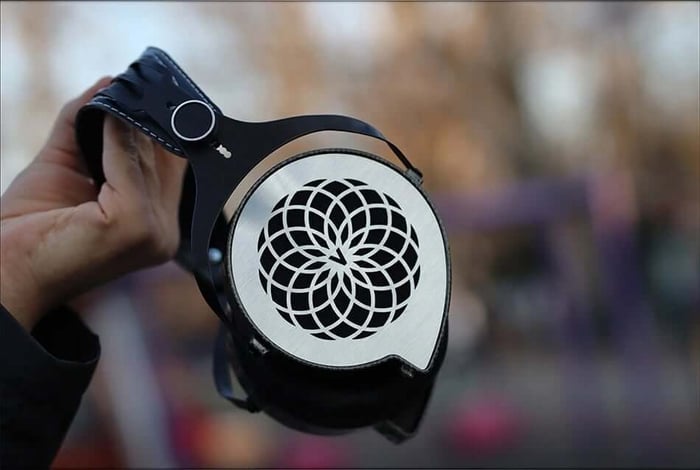
Verum One MK II scales well with the source quality: the cleaner and more detailed the source, the better they sound. However, their sensitivity is low at 96 dB, meaning most smartphones might not drive them loud enough, though devices like the FiiO BTR5 handle them well.
Thanks to a 3.5mm headphone-level jack and compatibility with balanced cables used by models like HIFIMAN Sundara/Arya and Meze models, users have flexible connection options. The Y-split on the standard cable is a bit high for some, but doesn’t cause microphone noise during use.
In all, once adjusted properly, the Verum One MK II offers excellent comfort and impeccable build quality.
Sound Quality: Detailed and Dynamic Performance
Though 8 Ohms impedance prevents clipping on most sources, some with high output impedance may cause bass reduction and brighter treble, making players like Hiby R6 less ideal. Devices such as FiiO M11 PRO, Shanling M2X, HIFIMAN R2R2000, and iBasso DX300 pair perfectly with the Verum One MK II. For this review, the Lotoo Paw 6000 DAC/amp and Singxer SDA-2 with Feliks Euforia were also used.
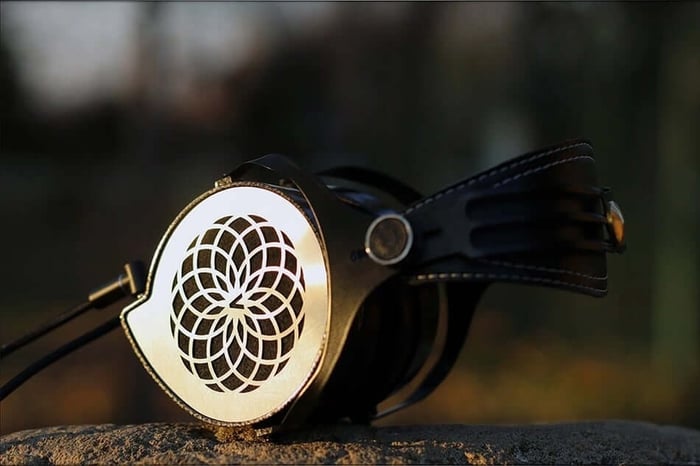
The sound is lively, dynamic, clear, transparent, smooth in the treble, airy, wide, and holographic with a deep, full, and juicy bass. These headphones come alive at medium to high volumes, offering a punchy and engaging experience, while at low volumes they sound more relaxed and mellow.
The bass is deep and flavorful with great extension and slam—more rumbling than punchy—focusing on the lower sub-bass frequencies. The sub-bass boasts remarkable depth and body, while the mid and upper bass frequencies add warmth and fullness to male vocals and instruments without sounding bloated.
These aren’t bass-head headphones but offer high-quality, natural, and fast bass with excellent extension. Their distortion headroom is impressive, allowing for bass boosts of nearly 10 dB without sound degradation.
Midrange frequencies are clean, clear, controlled, and highly detailed—surpassing competitors like the Audeze LCD-2C in clarity but with more body. The sound is rich and satisfying without being dark or muffled. Guitars have great presence, and the slightly bright midrange reveals background instruments and micro-details.
The soundstage is vast with excellent imaging, creating a holographic listening experience richly supported by dynamic performance.
High frequencies represent the headphones’ Achilles heel for some, presenting a smoother, more relaxed tone that avoids fatigue even at higher volumes. This means volume may need to be turned up slightly more for sparkle. These highs are less sharp than some other models but maintain sufficient presence to satisfy most listeners.
For those who enjoy softer, more laid-back treble, Verum One MK II fits the bill perfectly. The highs are well-extended and only about 5 dB lower than the mids, ensuring they remain lively and sparkly without becoming tiresome. The treble has a fluid character, never harsh, metallic, or sibilant—ideal for hours of fatigue-free listening.
With a distortion margin of roughly 10 dB, users can freely adjust the bass and treble balance with an equalizer without risking sound quality.
In fact, these headphones boast some of the lowest total distortion levels in the $350 price range—a rare feat even among more expensive flagships—making them incredibly versatile and tweak-friendly.
Interestingly, I found myself enjoying the Verum One MK II in their default tuning 100% of the time, with no need for EQ adjustments during daily listening.
Comparisons with Competitors
Choosing rivals for the Verum One MK II was challenging due to many headphones in this price range. The selected comparisons are Sivga P-II, Dan Clark Aeon Flow RT, Verum One MK I, and HIFIMAN Deva—popular choices for anyone shopping around $350.
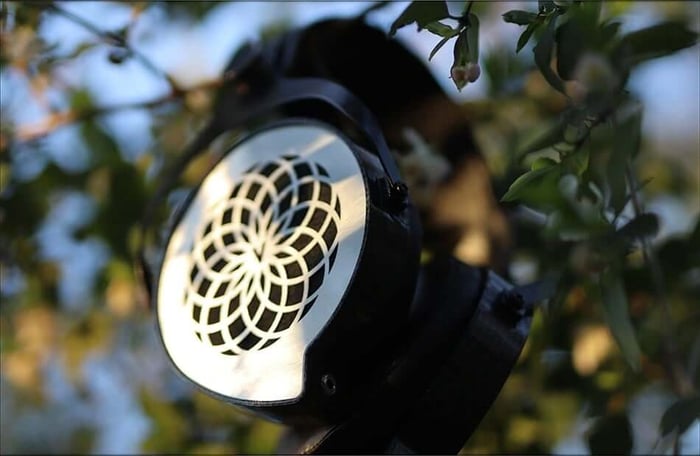
- Verum One MK II vs HIFIMAN Deva ($350 vs $300):
Comfort is similar; Deva is lighter, but the MK II’s ear pads and headband feel better overall. The MK II’s cable is superior. Sonically, the Verum is denser, juicier, smoother, and more detailed. Deva offers a wider, deeper soundstage and punchier bass, but MK II excels with sub-bass extension and nuanced bass guitars. Deva sounds darker, while MK II is brighter and more holographic. - Verum One MK II vs Dan Clark Aeon Flow RT ($350 vs $300):
Aeon Flow RT varies based on damping filters. MK II is more comfortable with bigger ear pads and cups and has a sturdier build. Aeon is more sparkling with stronger sub-bass and wider extension. MK II has more forward mids with greater detail, smoother treble, and a bigger, deeper soundstage. Aeon is more emotional; MK II more lively and assertive. - Verum One MK II vs Verum One MK I ($350 vs $300):
MK II shows practical improvements in build and comfort. The original had more sub-bass and bass overall but felt slightly veiled. MK II offers brighter mids, a more open sound, wider and more holographic soundstage, and a far better cable. MK II’s impedance fixes clipping issues seen with MK I, working well with all tested sources. - Verum One MK II vs Sivga P-II ($350 vs $300):
MK II is larger and heavier but more comfortable for many. P-II’s sound features a strong punchy delivery and a characteristic bass coloration on "p" sounds. MK II sounds more natural with a less dense overall tone. P-II’s mids are warmer and happier; MK II’s are brighter, wider, and deeper. Sivga’s highs are brighter and more sparkling, while MK II’s treble is smoother and more fluid, enhancing musicality. P-II is easier to drive and includes a balanced cable by default.
Recommended Source Pairings
The Verum One MK II benefits from bright, dynamic, and forward-sounding sources for the best performance.

High output impedance sources like the ACMEE MF-01 are less ideal. It's recommended to use DAC/amps or players with low output impedance and strong resolution and detail.
- Verum One MK II + iBasso DX220 ($350 + $900):
A fantastic match, especially with AMP7 module, which provides a slightly brighter top end and thinner presentation that pairs well with the MK II’s fuller sound. The combination is detailed, clear, fluid, and smooth in highs—perfect for extended listening and portable use. - Verum One MK II + Lotoo Paw 6000 ($350 + $1200):
Paw6K offers a softer character that complements the MK II’s musicality and smoothness. This setup is slightly brighter, adding sparkle and resolution, pushing the detail retrieval of the headphones further. The MK II scales significantly with source quality. - Verum One MK II + FiiO M11 PRO ($350 + $650):
A more traditional experience with solid dynamics and a heavier body in the sound. Despite the MK II’s low impedance, M11 PRO drives them well without sounding thin or introducing background noise.
Value and Final Thoughts
The Verum One MK II represents exceptional value. Despite its barebones packaging—just headphones and cable—it delivers outstanding sound quality with virtually zero distortion. Remarkably, these handcrafted headphones last for years, making them a prime example of price-to-performance done right.
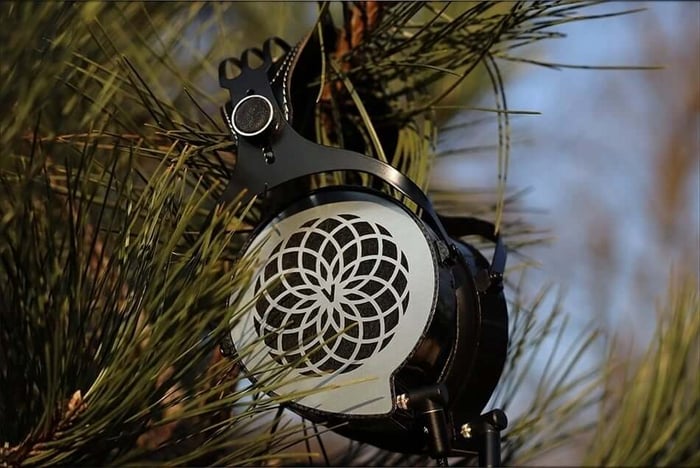
They deserve a place in the Hall of Fame of upper mid-range audiophile headphones, standing out as some of the best crafted and sounding models in their class. It would be exciting to see what a Verum flagship might offer, given the impressive balance of quality and price here.
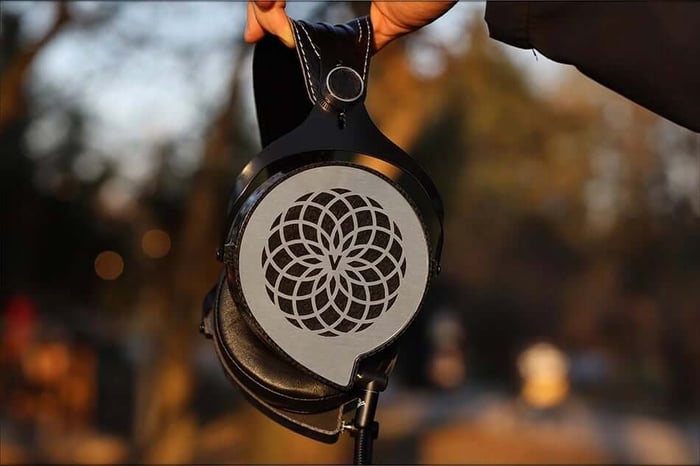
Having reviewed the original Verum One, it’s gratifying to see the MK II’s clearer sound, increased EQ headroom, and wider, deeper soundstage, keeping them competitive in a crowded market.
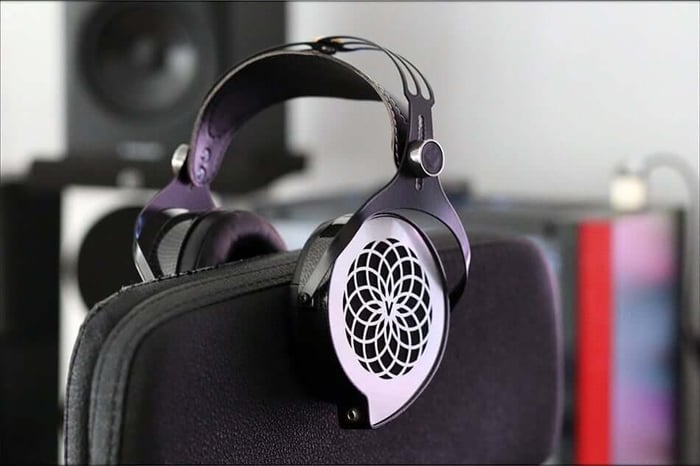
If you don’t mind waiting for availability and want headphones that are clear, detailed, with a broad soundstage and holographic sound for just $350, the Verum One MK II is one of the best recommendations out there.
“Verum One MK II delivers a lively, dynamic, clean, and transparent sound, making it a standout in its price range.”
– Enthusiastic Audiophile Reviewer
Frequently Asked Questions
- What type of drivers do the Verum One MK II headphones use?
They feature planar magnetic drivers known for their clarity and detail. - Are Verum One MK II headphones comfortable for long listening sessions?
Yes, with genuine leather ear pads and an adjustable headband, they provide excellent comfort once properly fitted. - What devices work best with Verum One MK II headphones?
Devices with low output impedance and bright, dynamic sound signatures like iBasso DX220, Lotoo Paw 6000, and FiiO M11 PRO pair well. - Do these headphones provide good noise isolation?
They offer moderate passive isolation (about 8-10 dB) but have high sound leakage, so they’re not ideal for noisy places or privacy. - Can I use balanced cables with the Verum One MK II?
Yes, they support balanced cables compatible with HIFIMAN Sundara/Arya and Meze models.
Ready to enhance your listening experience? Shop your favorite album cover poster and more at our store to celebrate your passion for music in style!
 | DISCOUNTGET 30% OFF*Use code on your next order:
|
* This post may contain affiliate links, meaning we earn a commission if you make a purchase through these links, at no additional cost to you.




